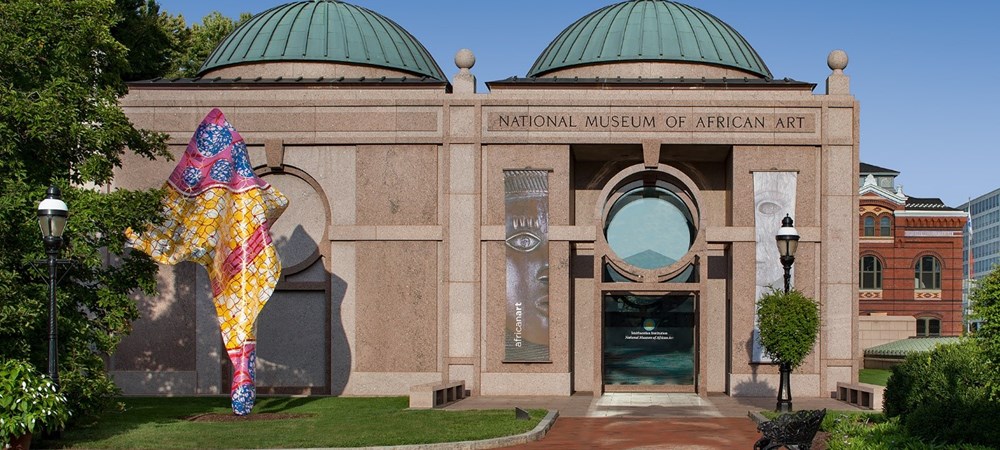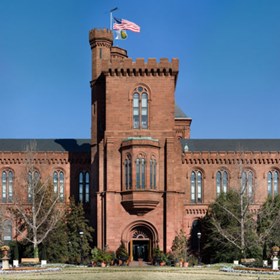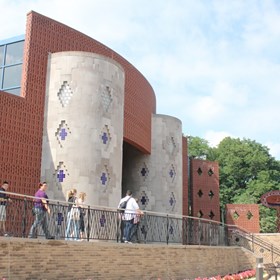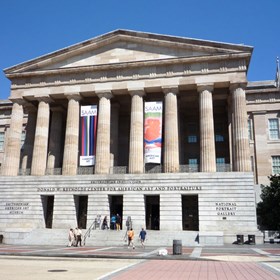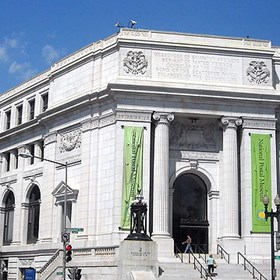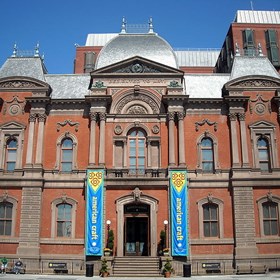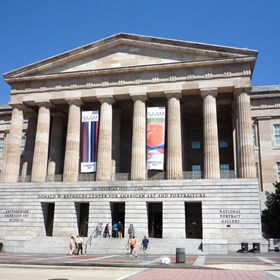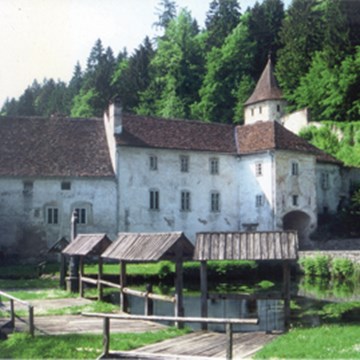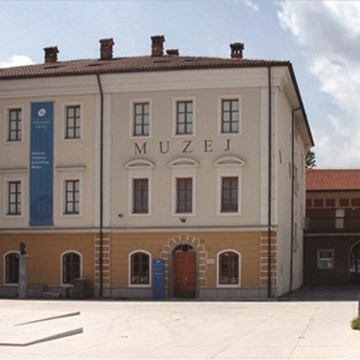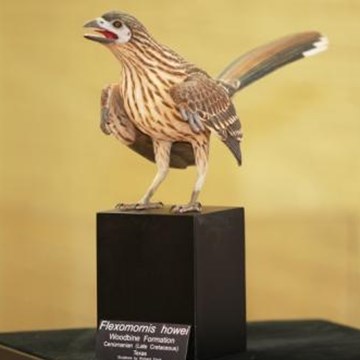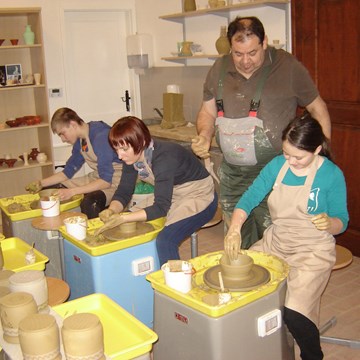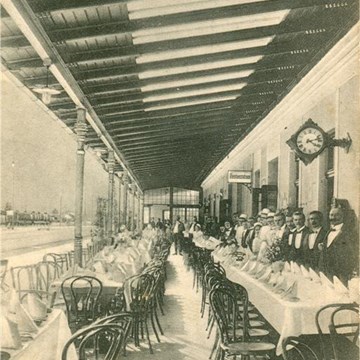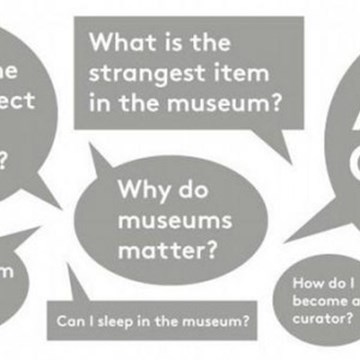National Museum of African Art
The National Museum of African Art (NMAfA) began as a private educational institution in 1964 to promote cross-cultural understanding in the social sciences and arts. Founded by Warren M. Robbins, a former U.S. Foreign Service officer, it was known as the Museum of African Art and located on Capitol Hill in a townhouse that had been the home of Frederick Douglass, the African American abolitionist and statesman. In August 1979, by enactment of Public Law 95-414, the museum became part of the Smithsonian Institution, the world’s largest museum and research complex dedicated to the increase and diffusion of knowledge.
The museum, formally renamed the National Museum of African Art in 1981, opened to the public in a new facility on the National Mall in 1987. Initially focused on the traditional arts of sub-Saharan Africa, NMAfA broadened its collecting scope and programs to include both modern and contemporary artworks, distinguishing itself as the first museum in the United States to include a sustained focus on modern and contemporary African art in its mission.
Through its collections research facilities, state-of-the-art conservation lab, groundbreaking exhibitions, educational outreach and public programs, the museum has expanded the parameters of the field of African art history and presented to the public a rich diversity of artistic traditions from throughout continent. The museum’s programs target audiences of all ages and offer a multifaceted view of Africa’s artistic traditions by incorporating cutting edge, contemporary and urban-focused performances and programs. Artist talks, films and lectures draw African art enthusiasts, area students, artists and collectors as well as individuals from the immigrant and expatriate communities. Let’s Read about Africa introduces children to current and classical literature about Africa; Studio Africa creates a comprehensive learning environment for DC-public schoolchildren by exploring African art and cultures through monthly workshops and hands-on activities; and the culinary program offers cooking demonstrations and tasting events that take inspiration from the museum’s exhibition program.
Warren Robbins’ inaugural vision—to teach visitors how to look at African art in the interest of promoting cross-cultural communication—remains at the heart of the National Museum of African Art’s mission today. Indeed, the museum will remain relevant to its diverse audiences and African constituents as it continues to promote and represent the rich artistic practices of Africa.
Other venues
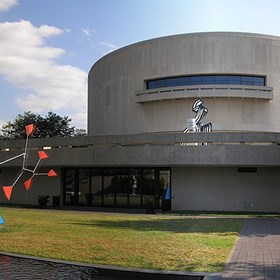
Hirshhorn Museum and Sculpture Garden
Independence Avenue at Seventh Street, Washington, D. C., United States of America
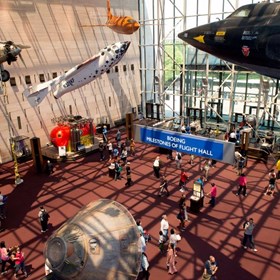
National Air and Space Museum
Independence Ave at 6th St, SW, Washington, D. C., United States of America
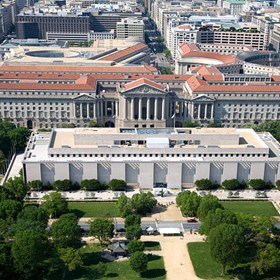
National Museum of American History: Kenneth E. Behring Center
14th Street and Constitution Avenue, NW, Washington, D. C., United States of America
Exhibitions and events
We don't have anything to show you here.
Educational programs
We don't have anything to show you here.
Collections
We don't have anything to show you here.





